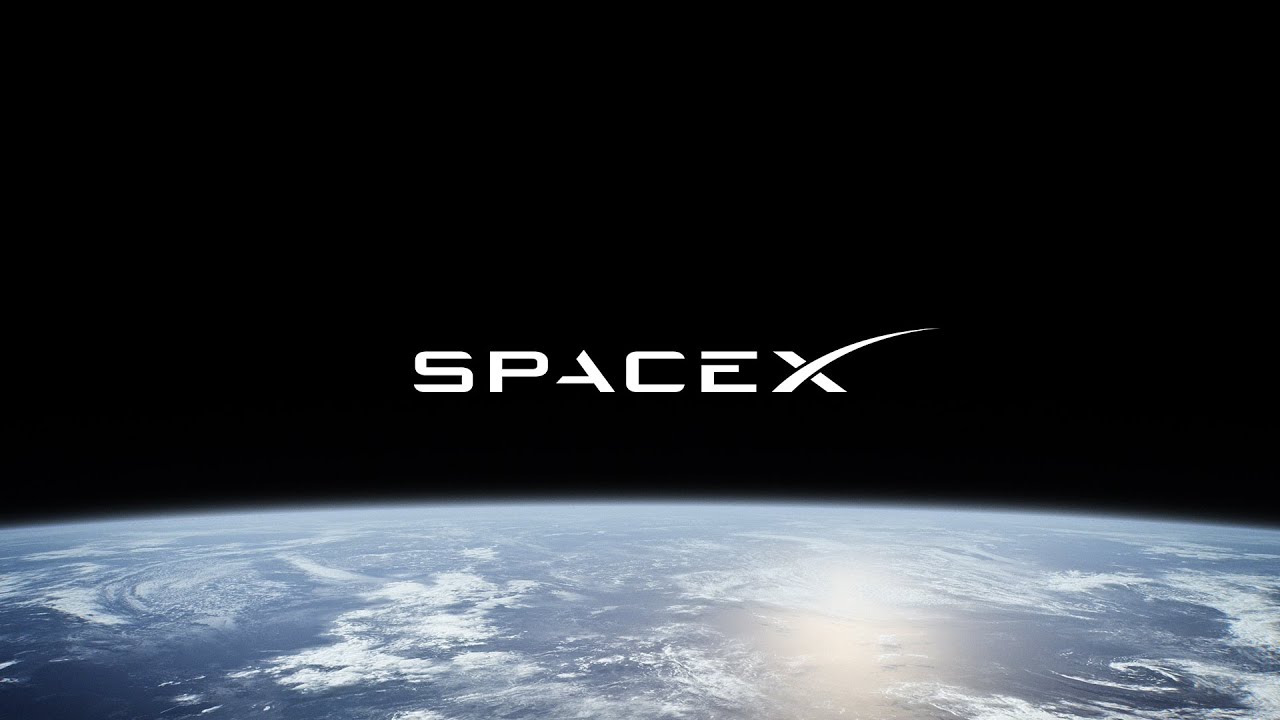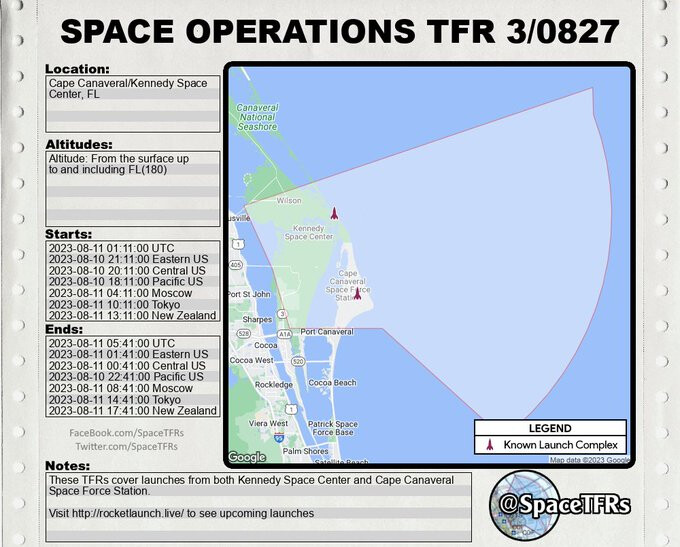As I mentioned in the original post, I have been interested in how SpaceX managed to change from a single instantaneous launch window per day for Starllink missions which, if missed, requires an approximately 24 hour turnaround before the next attempt, to the new procedure where they have a multi-hour launch window with as many as five opportunities to launch within the window.
For example, for the Starlink Group 6-9 launch on 2023-08-11, the overall launch window was announced as 01:55 to 05:17 UTC, with a total of five opportunities during the window. The first was at the window opening time, 01:55. As that time approached, they announced they were slipping the launch time to 02:46, then slipped again to 04:27, and then a final slip to 05:17 (right at the end of the window) at which time the flight actually launched. Using LibreOffice Calc to do a little date and time arithmetic, I calculated the length of the total launch window as 03:22 (three hours and twenty-two minutes) and the time elapsed between each of the four publicly announced launch times as follows:
| Opportunity |
Delta |
| 01:55 |
|
| 02:46 |
00:51 |
| 04:27 |
01:41 |
| 05:17 |
00:50 |
where Delta is the time in hours and minutes between opportunities after the first and the previous opportunity. Note that the delta between the 02:46 and 04:27 opportunities, 01:41, is almost exactly twice the other two delta values, suggesting that of the four of five launch opportunities announced, the one that wasn’t announced would be around 51 minutes after 02:46 and the same time before 04:27. (The discrepancy of one minute among these deltas is probably due to SpaceX not announcing launch opportunities to the second—if they did, I speculate the deltas would be exactly the same.)
What does this mean? Well, first of all, we know that Falcon 9 (or any other launcher) does not remotely have the delta-v required to launch payloads into an orbital plane that has precessed 50 minutes of Earth’s rotation (12.5° in longitude) from the desired service orbit. This means there are only two ways to achieve such an extended launch window. The first is simply to launch into a different plane and then allow the satellites’ orbits to precess in longitude during the orbit raising process from the initial delivery orbit to the final service orbit. This would be possible, but would substantially delay entry into service after launch.
The second option, which is what I now believe SpaceX are doing, is to allow a given launch to populate any of five orbital planes assigned for Starlink satellites at a given inclination (for this launch, 43°). The 43° shell is scheduled to contain a total of 3,360 orbital Generation 2 Starlink satellites in 28 orbital planes of 120 satellites each. Until these planes begin to be fully populated (which they’re far from being at this writing [2023-08-12]), SpaceX may not care into which plane a given batch of 22 Starlinks go, so my hypothesis is that SpaceX declare a launch window during which, say, five adjacent planes align successively with the launch site, and choose which to actually use depending on the weather, launch preparation delays, etc,
If this hypothesis is correct, then the launch opportunities within the window should be around
24 {\rm ~hours} / 28 {\rm ~planes} \sim 0.857 {\rm ~hour}/{\rm ~plane} \sim 51.4 {\rm ~minutes}
apart and indeed this is consistent with the announced delta of 51 minutes between announced launch opportunities (assuming they skipped the third on this mission, resulting in a delta twice that long).
Note that the length of the backup launch window announced for 2023-08-12 for five opportunities was 03:22 (4 times 00:51 within round-off), consistent with this hypothesis.
So, I think what’s happening is that SpaceX are achieving the long launch window by opportunistically launching into one of (in this case) five planes which align during the window. We aren’t used to seeing a strategy like this because it only makes sense when populating a very large constellation in which you have sufficient orbital planes aligning during a launch window of reasonable length, with so many satellites per plane it doesn’t matter into which the satellites from a particular launch go while you’re populating the constellation.
Note that each of the launch opportunities within the window is still instantaneous—it’s just that they can choose any of them at which to aim while the window is open. Due to the “load and go” procedure with super-chilled propellants, once they commit to using an opportunity and commence propellant loading, they’re probably going to have to scrub for 24 hours if they don’t launch at that opportunity, since de-tanking and re-chilling the propellants would probably put them outside the window.


